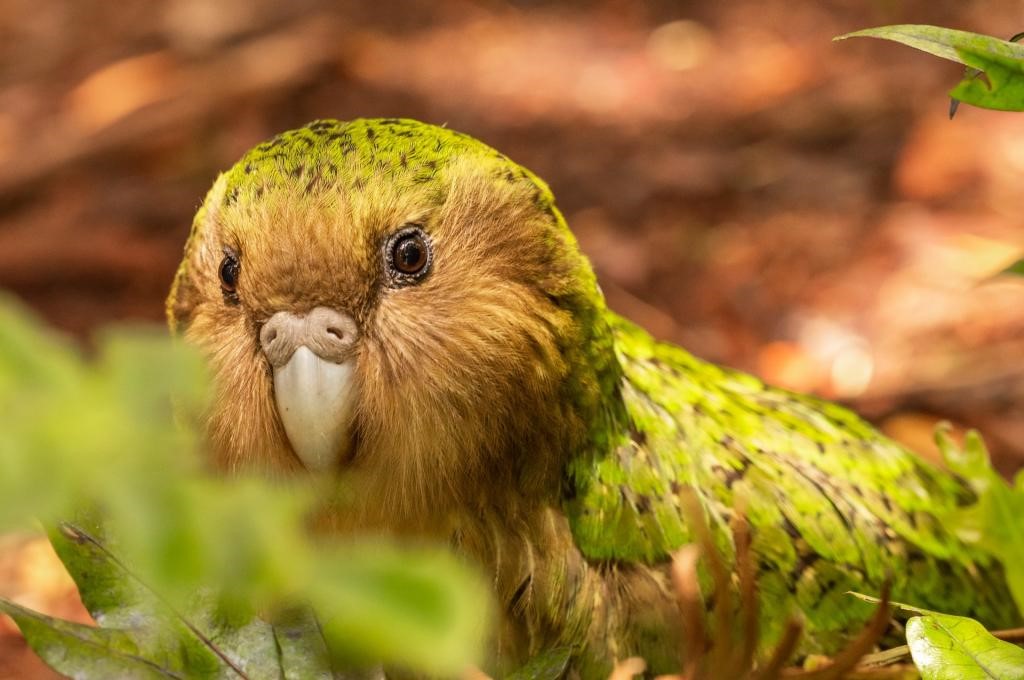





Disclaimer: Copyright infringement not intended.
Context
Details
Kākāpō's Unique Characteristics and Challenges
The Role of Genome Analysis
Kākāpō (Strigops habroptilus) - A Comprehensive Overview
Physical Characteristics
Size and Appearance: The kākāpō is a large parrot, with males weighing around 2-4 kilograms and females being slightly heavier. It has a robust build, short legs, and a relatively short wingspan. The bird's feathers vary in color, ranging from mossy green to brown, providing excellent camouflage in its native forest habitat.
Flightlessness: Unlike most parrot species, the kākāpō is unable to fly due to its underdeveloped wings and heavy body. It relies on its strong legs for walking and climbing
Behavior and Ecology
Nocturnal Behavior: The kākāpō is primarily active during the night, making it well-adapted to a nocturnal lifestyle. It roams the forest floor in search of food, communicating using distinctive booming calls.
Herbivorous Diet: Kākāpō are herbivores, feeding primarily on a variety of plants, seeds, fruits, and leaves. They have specialized adaptations in their beaks for efficiently consuming various plant foods.
Breeding Behavior: The kākāpō has a unique breeding strategy known as "lek breeding." Males gather at specific locations to create a booming call that resonates through the forest, attracting females. Successful males may have multiple mates.
Conservation Status and Effort
Critically Endangered: The kākāpō is one of the world's rarest and most endangered parrot species. By the 1990s, only around 50 individuals remained. Conservation efforts have been focused on protecting and increasing their numbers.
Conservation Initiatives: Various organizations and the New Zealand government have undertaken extensive measures to save the kākāpō from extinction. These efforts include habitat restoration, predator control, captive breeding programs, and intensive monitoring.
Challenges and Threats
Predator Threat: Introduced predators, such as cats, rats, and stoats, have had a devastating impact on kākāpō populations. These predators target eggs, chicks, and even adult birds.
Habitat Loss: Deforestation and habitat degradation have further exacerbated the challenges faced by kākāpō. The loss of native flora and fauna affects their food sources and shelter.
Unique Characteristics and Cultural Significance
Personality and Quirks: Kākāpō are known for their friendly and curious personalities. They often display unusual behaviors, such as "parroting" sounds they hear and forming strong bonds with human caregivers.
Cultural Importance: The kākāpō holds immense cultural significance to the Māori, the indigenous people of New Zealand. In Māori tradition, the bird is revered as a taonga (treasure) and symbolizes the connection between humans and nature.
Conclusion
The genetic mapping of the kākāpō population exemplifies the power of genomics in conservation efforts. By providing insights into genetic variations and growth predictions, this research contributes to the recovery of a critically endangered species. Moreover, the success of this project highlights the potential of genomics in guiding the conservation of other threatened species, offering hope for the preservation of biodiversity worldwide.
|
PRACTICE QUESTION Q. By providing insights into genetic variations and growth predictions, genetic mapping contributes to the recovery of a critically endangered species. Discuss. (150 Words) |







© 2025 iasgyan. All right reserved